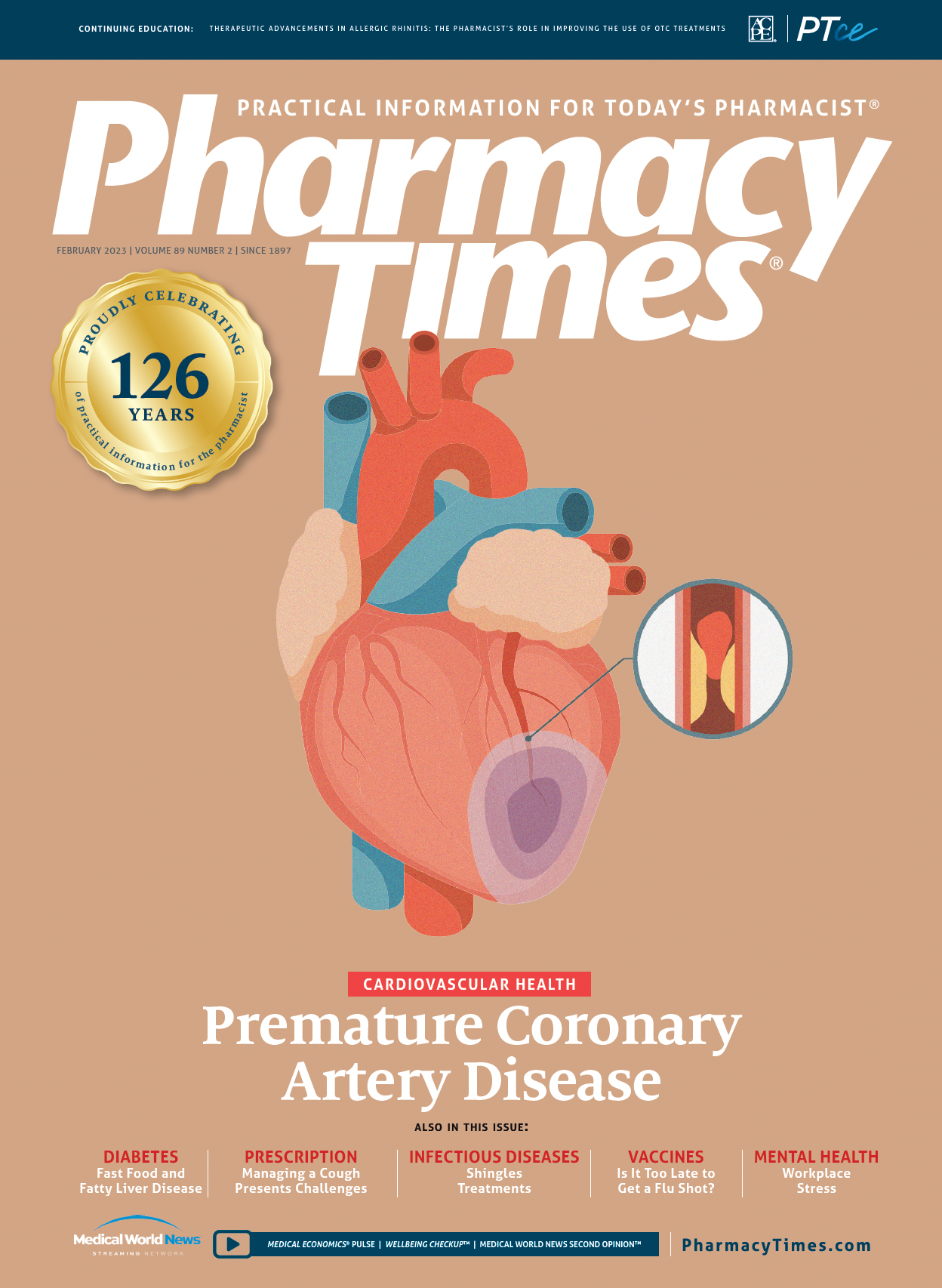Publication
Article
Multichamber Bag Parenteral Nutrition Poses Risks
Author(s):
Learn strategies to safeguard use of the intravenous administration products to protect patients.
Several errors and work-arounds related to shortages of parenteral nutrition (PN) components have been reported to the Institute for Safe Medication Practices (ISMP). In some instances, organizations have been forced to reduce the number of days they provide PN to patients in an attempt to conserve resources.
For example, rather than providing daily nutrition, an organization reported that it had to reduce the administration of PN to 3 times per week. In other cases, organizations elect to use alternative products, such as multichamber bag parenteral nutrition (MCB-PN), for select patients instead of patient-specific compounded PN.
MCB-PN products are commercially available in various standardized compositions; they are available in 2- or 3-chamber bags. Clinimix and Clinimix E (Baxter) are available with 2 chambers. Clinimix comes with one chamber containing amino acids and the other containing dextrose, and Clinimix E comes with one chamber containing dextrose with calcium and the other containing amino acids with electrolytes. Kabiven and Perikabiven (Fresenius Kabi) are also available, with 3 chambers holding amino acids/electrolytes, dextrose, and lipids. For all MCB-PN products, the seals that separate the chambers must be broken, and the chamber contents must be mixed to ensure complete activation prior to administration. Although these products require fewer compounding steps, additives may still need to be added to these products in a sterile environment.
Some of the error reports submitted to the ISMP involved mix-ups between MCB-PN products. For example, during a shortage of PN compounding ingredients, an organization purchased Clinimix E 4.25/10 (dextrose with calcium and amino acids with electrolytes) and Clinimix 4.25/10 (dextrose and amino acids without electrolytes). The organization reported multiple errors in which the wrong formulation was dispensed, which was attributed to similar-looking packaging and staff unfamiliarity with these products. Other events were related to the failure to activate the bags. This resulted in the omission of certain components of the PN, such as calcium and dextrose. The ISMP has previously shared similar errors and actions to take to ensure the proper preparation of MCB-PN products.1,2
Organizations that have purchased or are thinking about purchasing MCB-PN products should consider the following risk-reduction strategies:
- Conduct a failure mode and effects analysis. Prior to use, conduct a proactive risk evaluation, such as a failure mode and effects analysis. During the analysis, be sure to review the labeling and packaging of products, how mix-ups will be prevented, how MCB-PN products will be ordered in the electronic health record system and displayed on medication administration records, and the method that will be used to remind practitioners to activate the bag.
- Gather stability data. Require the pharmacy to reach out to product manufacturers to review stability data for any pharmacy additives, and make this information readily available to nurses, pharmacists, and prescribers. Establish a maximum time frame in which MCB-PN should be administered (hang time).
- Store safely. Store MCB-PN products separately in the pharmacy, away from similar-looking bags. Avoid storing MCB-PN products in an automated dispensing cabinet, as nurses may not be familiar with the need to activate all chambers.
- Require pharmacy activation and compounding. Require the pharmacy to activate all MCB-PN products (mixing the chambers) and add any prescribed additives, such as multivitamins and trace elements, in a sterile environment. Then dispense the activated PN—with additives, if required—to patient care units.
- Apply auxiliary labels. Consider applying auxiliary labels to the overwrap of MCB-PN products upon procurement in the pharmacy to differentiate the products with and without electrolytes. After pharmacy activation, consider applying auxiliary labels directly on MCB-PN products for nurses to confirm that the product has been activated prior to administration.
- Employ barcode technology. Use barcode scanning technology prior to compounding, dispensing, and administration to ensure the correct MCB-PN product is being used
- Convert PN orders. During transitions of care, work with home infusion pharmacies to determine whether orders should be converted from MCB-PN to patient-specific compounded PN. Require an independent double-check of all calculations to verify accuracy.
- Educate practitioners. Educate practitioners about how to calculate the amount of additives, electrolytes, and macronutrients patients will be provided from an MCB-PN, based on the ordered rate of infusion. Also let pharmacy staff members know how to activate the bag, and educate nurses to confirm that the product has been activated prior to administration. Because MCB-PN products are commercially standardized, alert nurses to the likely waste of excess PN volume, as each bag may contain more than required for a particular patient (eg, a patient may receive only 500 mL from a 2000-mL bag).
References
1. Pharmacist supervision is critical for proper preparation of Clinimix multi-chamber bags. Institute for Safe Medication Practices. October 21, 2010. Accessed November 15, 2022. www.ismp.org/resources/pharmacist-supervision-critical-proper-preparation-clinimix-multi-chamber-bags
2. Proper preparation of multi-chamber bag. Institute for Safe Medication Practices. March 10, 2011. Accessed November 15, 2022. www.ismp.org/resources/proper-preparation-multi-chamber-bag
About the Author
Michael J. Gaunt, PharmD, is senior director for error reporting programs and editor at the Institute for Safe Medication Practices (ISMP) in Horsham, Pennsylvania. He also serves as the editor of the monthly ISMP Medication Safety Alert! Community/AmbulatoryCare newsletter.






